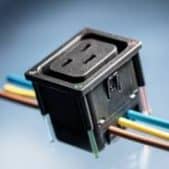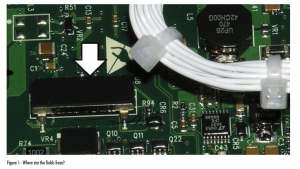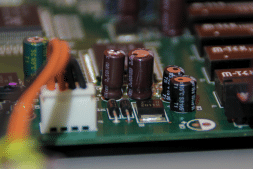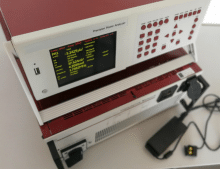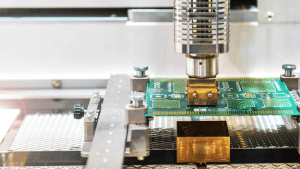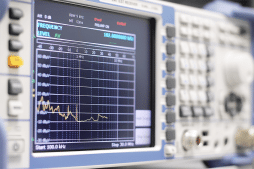Santa Rosa, California, April 13th, 2023 – SCHURTER’s 6610-5 and 4710-5 IEC appliance outlets, Type F and J, are the optimal solution for data center PDUs, where status indication and packing density are critical. Their compact design allows for tight mounting in multiples and provides up to four LEDs for status indication. The outlet series is designed to provide a space and … [Read more...]
5 Ways to Eliminate Ground Loops – Part 1
A Brief Introduction Most workers already know that proper grounding is a fundamental safety precaution for all kinds of electrical equipment. However, it’s less well known that while grounding can prevent and resolve many safety and power issues, improper grounding can create problems in data logging, data acquisition, and measurement and control systems. One of the … [Read more...]
Things Not On the Schematic: How the Parasitic Element Affect Results
The engineer had found the use of a capacitor on a specific trace would solve a radiated emissions issue. However, placement on the connector where we put the capacitor during engineering work was not a production solution. So, the capacitor which was moved less than 1 inch away from the connector and turned sideways to fit on the circuit board. However, this degraded the … [Read more...]
EMC Design in Power Electronics Part 2: Noise Coupling Mechanisms
In the previous article of this series, we looked at some of the major noise considerations in different power regulator topologies. Noise from these sources eventually makes its way to other components, and it could interfere with other portions of a system. Depending on the types of components used elsewhere in the system, noise may be innocuous or it may cause a design to … [Read more...]
EMC Design in Power Electronics Part 1: Regulators
INTRODUCTION Modern electronics demand low EMI and EMC conformance, both of which are related to component selection and physical layout in the power supply section of a device. Many more designs are demanding higher power levels alongside high power efficiency, as well as low-noise power supplied to mixed-signal systems. As a result, EMI and EMC challenges are more apparent … [Read more...]
When EMC is of Vital Importance
Santa Rosa, California, March 2023 – Electromagnetic compatibility (EMC) is a growing concern in medical technology and regulatory standards continue to implement measures to prevent disruption in wireless communication between medical applications, which can have severe consequences for the patient. SCHURTER works diligently to stay abreast of equipment trends and their … [Read more...]
SCHURTER’s Comprehensive Fuse Selection Guide Helps Engineers Find the Right Fuse!
Santa Rosa, California, February 28th, 2023 – Protecting circuits from overcurrent is essential to avoid equipment damage. Selecting the right fuse saves on costs of repairs and replacements, enhances equipment reliability and ultimately customer satisfaction; but selecting the right fuse can be challenging. The SCHURTER fuse portfolio offers a wide range of solutions for … [Read more...]
EMC Focus: Power Supplies
Electromagnetic Interference (EMI) is always a potential problem with switched-mode power supplies, both AC-DC and DC-DC converters. Modern designs can perform well for emissions and immunity but external connections must still be correct for the best performance. Sometimes, extra filtering is necessary to meet specific application requirements. However, incorrect filter … [Read more...]
EMI Filtering 101: Understanding the Basics
Introduction To start at the very beginning, what is an electrical filter? An electrical filter can be passive, active, analog, or digital. It is a device usually composed of discrete components which can be placed between circuits, networks, or equipment/systems to either emphasize, de-emphasize or control the frequency components of a desired or undesired signal. The term … [Read more...]
Good SI, PI and EMC require this most of all…
Good SI, PI and EMC require a proper, grown-up understanding of electricity... Instead of what circuit designers are taught! As electronic designers, we were taught the children’s version of electricity at school, college, university, etc. This is the version that pretends (just as the SPICE simulator does) that electricity flows as little packets of charge totally inside … [Read more...]
- « Previous Page
- 1
- …
- 3
- 4
- 5
- 6
- 7
- …
- 57
- Next Page »
